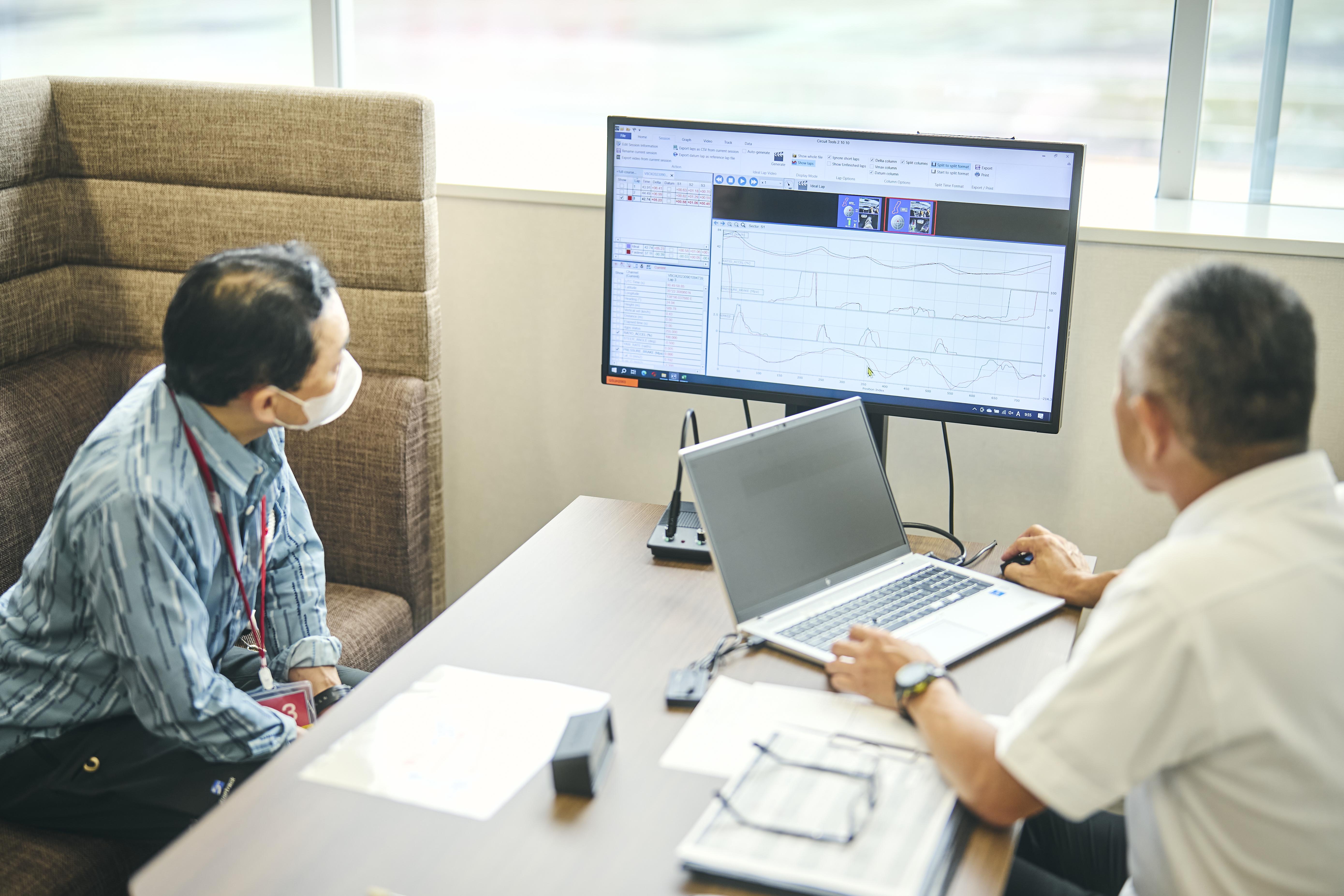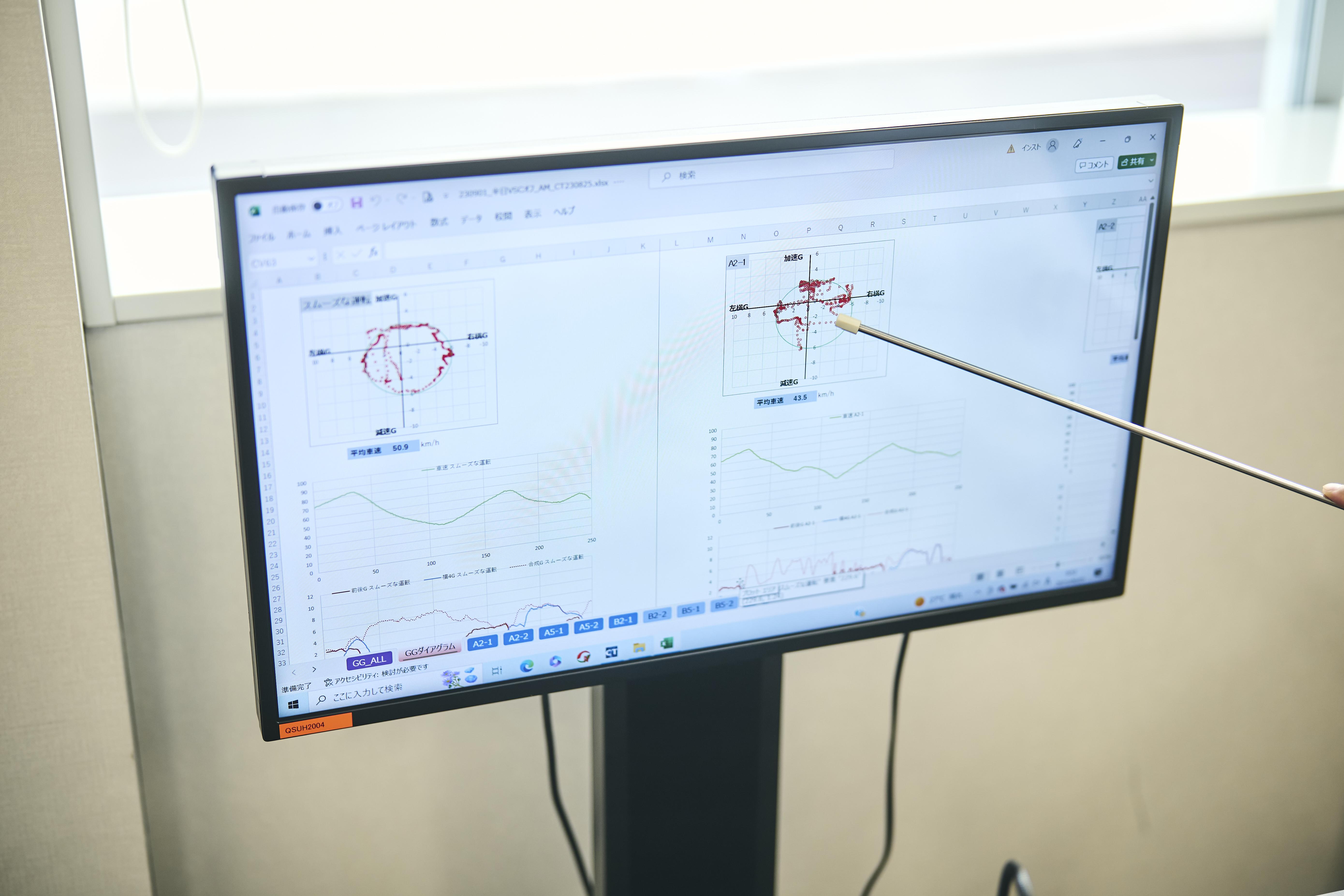
Reaching zero traffic casualties will require not just better vehicle safety technologies, but also greater awareness among drivers and pedestrians. This is the focus of two Toyota initiatives.

Toyota is pursuing a three-pronged approach to eliminating traffic casualties. In our last article, we touched on safety technologies for cars.
This time, we focus on the human element with awareness-raising activities aimed at drivers and pedestrians.
A genuine mobility society is a place where everyone, whether behind the wheel or not, can lead safe and peaceful lives.
In our Toyota Times News coverage of the Tateshina Meeting held on July 18, Chairman Akio Toyoda made the following comment:
“Within the three-pronged approach, how do we educate the people who operate cars? Until now, safety was achieved through new technologies and data use, but I think today provided a new direction for educating people, which is very significant.”
Even with all the safety technologies and traffic infrastructure in place, cars are ultimately driven by people. We visited the Toyota Safety Education Center “mobilitas,” which opened in 2005, and an educational genba that has been publishing traffic safety picture books since 1969.
Safer driving by learning the limits of cars
Mobilitas was built alongside the racetrack at the Fuji Speedway site in Oyama, Shizuoka. The facility features a 100,000 m 2 flat course, 35-degree banks, and a slick low-friction road.
Here, participants can safely experience driving, steering, and braking cars under conditions not found on ordinary roads, from emergency braking at high speeds to handling a vehicle on slippery surfaces. At the same time, they can learn how to drive to avoid such hazards.

In 2021, mobilitas launched a Driving Data Measurement Program that provides course participants with instruction based on their quantified driving performance.
As part of the program, onboard instruments measure and graph the G-forces exerted during turns, acceleration, and braking. Instructors from the Advanced Technical Skills Institute Division compare their own driving data with that of participants and explain how to safely bring out the car’s performance, including the appropriate degree of steering and pressure on the pedals.
The course also goes beyond merely teaching safety, emphasizing Toyota’s “fun to drive” ethos.

When launching the program, however, this balancing of safety and fun did not happen overnight. Naoaki Nunogaki, General Manager of the Corporate Citizenship Division that handles the planning and operation of mobilitas, turned to Morizo for guidance.
Advice from a master driver
The advice Nunogaki received from Morizo was not to think of safety, fun, or eco-friendliness as separate elements but to consider them together.
Morizo gave the example of demo runs at motorsport events: while the driving may look daring, “you draw a line in your mind, knowing its absolutely safe up to that point.” He told Nunogaki that “how you control the line can make it both fun and eco-friendly.”
Nunogaki recalls, “Rather than thinking of safety, fun, and eco-friendliness as separate elements in the course, I began to adopt a teaching approach that ultimately ties everything together against the backdrop of safety.”
He also sought assistance from the Advanced Technical Skills Institute Division to translate this approach into specific course content. Through repeated trial and error, they came up with the idea of using measuring instruments to visualize driving performance.
The ability to see one’s abilities graphed can make driving both fun and safe.
Advanced Technical Skills Institute Division Expert Yukihiro Sano was involved in launching the program with Nunogaki. He recalls the mindset during development: “Our aim, of course, was to reduce the number of people killed in accidents to zero, but we also envisioned a new concept for safety that combined safe driving with eco-friendliness and the fun of getting behind the wheel. Driving is quite difficult to impart to others, but visualization makes customers aware of their own driving style and habits. We figured that comparing themselves against better driving would encourage improvement.”
Indeed, participants have said the course helped them to “understand what I was doing wrong” and “have more fun driving on regular roads.” The program has grown so popular that reservations, which open two months in advance, now fill up within two or three days.

However, even if people become well acquainted with the limits of a car, the job is not done unless they develop a safety mentality.
“At the end of the day, the person behind the wheel needs to care about safety,” said Nunogaki, before continuing.
Nunogaki
I think the process of genuinely caring about safety should be rooted in experience—you can’t reasonably expect people to change through classroom learning alone.
I hope that firsthand experience will lead people to think more about safety.
Just as a prayer makes a spirit reside within a Buddha statue, this element (the hope for safety) gives heart to safety programs, whether it’s the measurement program or any other course. I think we need to place greater importance on such aspects moving forward.

